blogs
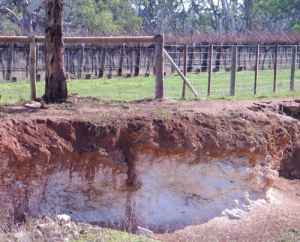
Naracoorte Caves, South Australia – Background briefing on landscape and natural history
A megastore of mammal fossils in south eastern South Australia at Naracoorte Naracoorte is in south eastern South Australia in a state region called The
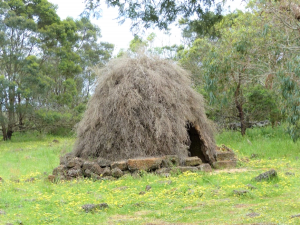
Lake Condah and Budj Bim Cultural Landscape – Background briefing on landscapes and human history
The Tyrendarra lava flow from Budj Bim covered land to its west and formed a long narrow 18km flow southward. Currently it seems to end
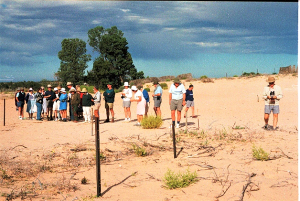
Mungo National Park in the Willandra Lakes Regional World Heritage Area – Background briefing on landscapes and human history
Lake Mungo floor with the lunette on the north and east side in the background. Mungo National Park Lake Mungo and its past inhabitants It
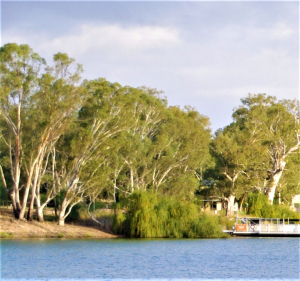
Eucalypts – Background briefing for travellers in Australia
Eucalypts River red gums, E. camaldulensis, on the Murray River Morgan, SA Most Travellers in Australia encounter a new range of plants once they move
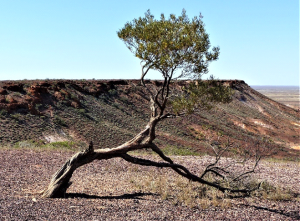
Acacia – Background briefing for travellers in Australia
Acacia Golden Wattle, Australia’s National Floral Symbol (Source: Wikipedia Commons) Most Travellers in Australia encounter a new range of plants once they move out of
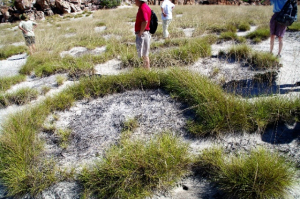
Spinifex and spinifex – Background briefing for travellers in Australia
Spinifex and Spinifex Hummocks of Triodia sp. on the sand dune above the tidal lake, East Vansittart Bay, Kimberley, W.A. Most Travellers in Australia encounter
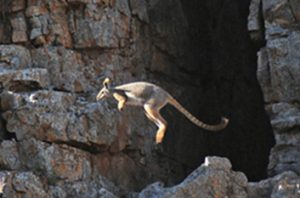
Flinders Ranges, South Australia – Background briefing landscapes and natural history
Background briefing – The Flinders Ranges, South AustraliaNotes for travellers on the landscapes and natural history #4 Background briefing – The Flinders Ranges, South AustraliaNotes
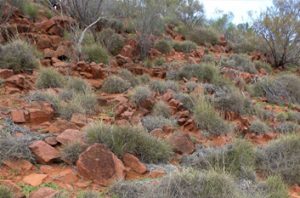
Gawler Ranges, Eyre and Yorke Peninsula – Background briefing – landscapes and natural history
Gawler Ranges Eyre Peninsula, Port Lincoln and Iron Knob Spencer Gulf, Gulf St Vincent and Yorke Peninsula Ores and Minerals A W (Sandy) Scott. Nov.
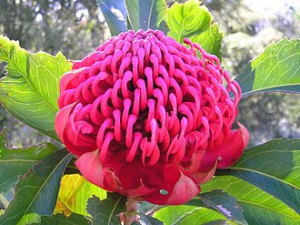
Proteaceae genera – Waratah, Banksias, Grevilleas and Macadamia – Background briefing for travellers in Australia
These four, typically Australian genera all belong in the same plant family Proteaceae, a family of flowering plants primarily distributed in countries south of the
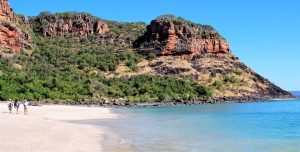
Kimberley Plateau – Background briefing and introductory notes
In these articles I generally refrain from describing the magnificence and uniqueness of the local landforms but give a broad outline of the formation of
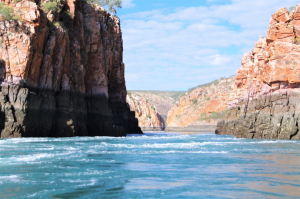
Kimberley Horizontal Waterfall – Background briefings for travellers in WA
Notes for travellers in Western Australian Kimberley on landscapes near Talbot Bay. The ‘Kimberley Landscapes’ post introduces many of the names and process mentioned in

Talbot Creek – Background briefing for travellers in Kimberley, WA
Kimberley Coast Western Australia The ‘Kimberley Landscapes’ post introduces many of the names and process mentioned in this article. Readers may find it a useful
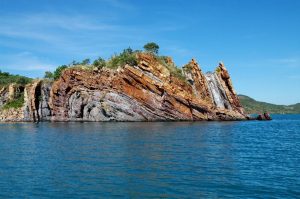
Overview of Australia’s Kimberley – Background Briefing
Location and climate The Kimberley is a remote location of Western Australia that makes up the northern section of this State and in area the
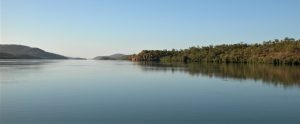
Rivers and the Well-Jointed Kimberley Landscape – Background briefing
Many Kimberley travellers particularly those visiting by sea, are generally fortunate enough to travel inland along estuaries like that of the Berkeley, King George, Hunter,
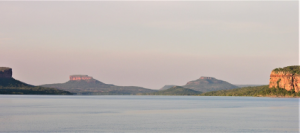
Koolama Bay and Saint George Basin – Background Briefing
Koolama Bay This is a u-shaped bay about 4km wide and 5km long facing NW (northwest) into the Timor Sea. It is surrounded by cliffs

Mangroves Background Briefings for Travellers in Australia
Mangroves are a most common shrubs or trees especially near the coastal waterways in the tropics and sub-tropics, but mangrove species become less frequent in
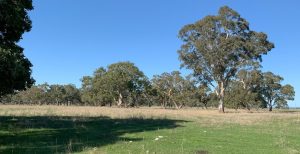
Eucalypt Bark – Background Briefing
Bark variation as seen with Eucalyptus and closely related species Eucalypt in the common name for well over 700 species of low shrubs to giant

